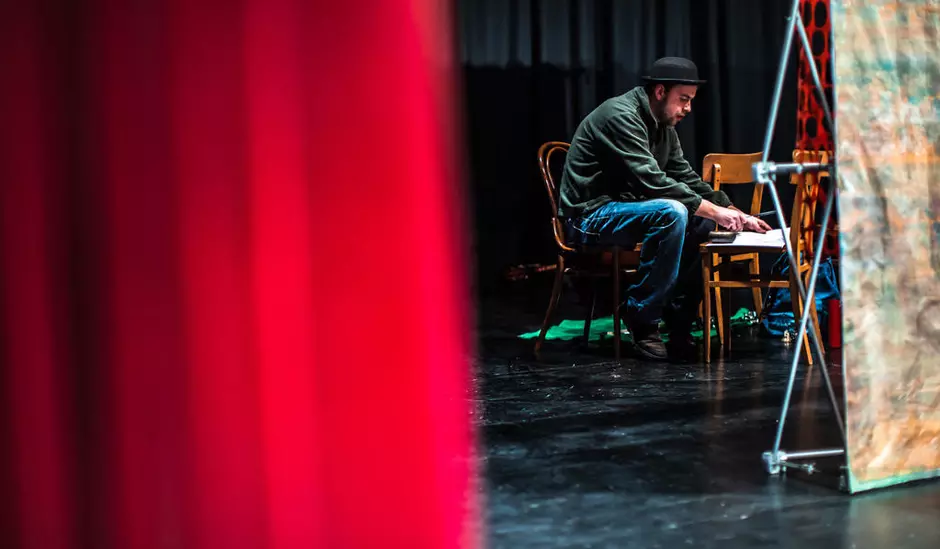
The performing arts have not escaped the challenges of the circular economy and controlling the use of resources. In France, several festivals, theaters and opera houses have chosen the path of eco-design and reusing sets.
"The mindset has changed a lot. It would be overstating the case to say that there is absolute consensus, but the community is stepping up to the plate."
Ecodesign is making its way onto the stage of the performing arts! A novelty for a sector that used to manufacture sets requiring a large amount of materials for performances that by their very nature are ephemeral (plays, operas, concerts, etc.), before throwing them away.
Today, ecological and reusable sets are taking center stage. Pioneering this eco-responsible shift, the organizers of the Festival International d'Art Lyrique in Aix-en-Provence began the transition as early as 2012 by conducting a carbon footprint assessment of the event and appointing a sustainable development manager.
Véronique Fermé, responsible for the issue at the Festival d’Aix, explains her approach: "We realized that we had an enormous amount of waste from the construction, assembly, dismantling and destruction of sets, and that [...] this had an impact that was possibly even greater than our transport-related CO2 emissions."
Several solutions were then deployed to reduce the approximately 45 metric tons of waste generated each year by the Festival's sets. "The idea today is to design a set or a scenography based on the disassembly of parts, recyclability and non-toxicity of materials," sums up Véronique Fermé.
"Tests on compressed cork (ecological, of vegetable origin) have been successfully carried out to replace the use of polystyrene (a pollutant, derived from petrochemicals), which allowed us to build the sets for the 2017 Carmen opera, which are 100% reusable and removable," she adds.
Since then, all the other shows are too. The impact is equally positive for the budget, with "costs related to set design and waste treatment (which) could be reduced by 8% and 20% respectively".
From Aix to Paris via Lyon
In view of these arguments, other performing arts organizations and institutions have followed in the footsteps of the Festival d'Aix-en-Provence. “The mindset has changed a lot in seven years," noted François Vienne, the Festival's deputy director in 2019. "It wasn't an issue at the time, but now it's a real focus [...] It would be overstating the case to say that there is absolute consensus, but the community is stepping up to the plate."
Since 2013, Opéra de Lyon has been working with ADEME on the use of cardboard for the construction of its sets and accessories. This recyclable material was chosen in particular to construct a permanent base on which the elements specific to each performance can be added. In Paris, the same principle has been taken up by the Théâtre du Châtelet.
These new practices are now encouraged nationwide. Following the adoption of the law on Ecological Transition in 2015, the Ministry of Culture and Communication has made the environment one of the three pillars of its Corporate Social Responsibility (CSR) strategy.
"Even though the process has gathered pace over the past two years, there is still a huge amount of work to be done to raise awareness in the cultural community about eco-manufacturing”, said Sandrine Andréini, Director of the association La Réserve des Arts, a platform for exchanging and reusing sets and fabrics, at the beginning of the year. “There are few public policies on the subject, but fortunately there is a growing determination, capacity and initiative in the performing arts to reduce our environmental impact."
Other specialist networks also promote the exchange and reuse of sets, such as the Ressourcerie du Spectacle, Alternateur, ArtStocK or the collaborative platform Récupscène, presented as an "online marketplace for the performing arts". All of which will bring the performing arts sector into the era of the circular economy once and for all.
CREDITS PHOTOS : main picture ⓒ Getty images

